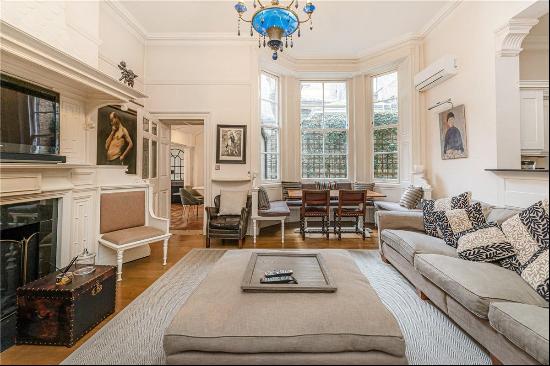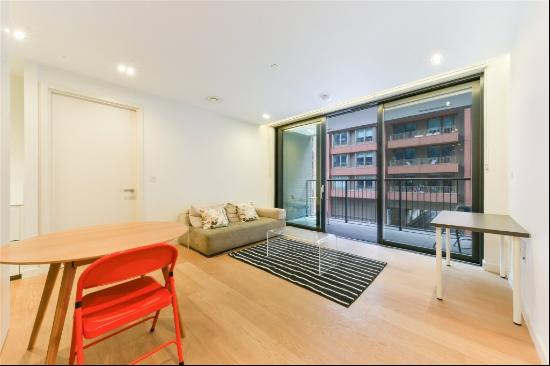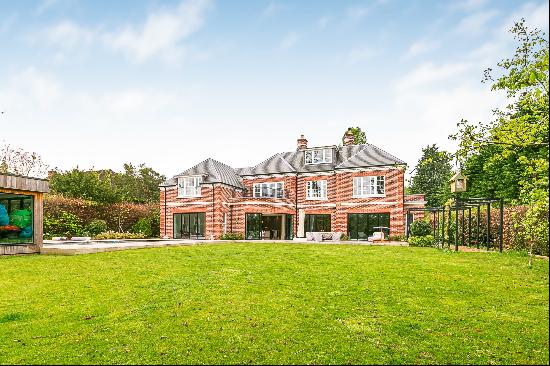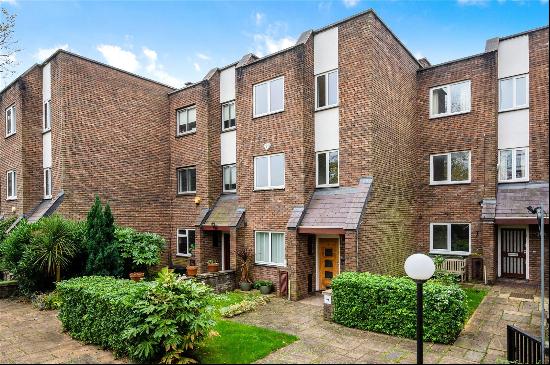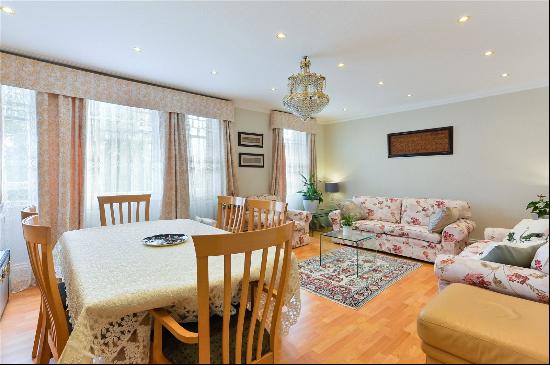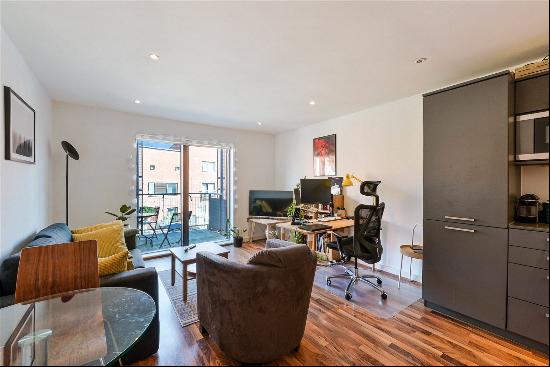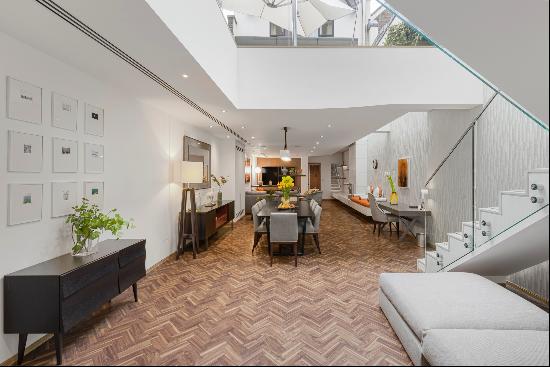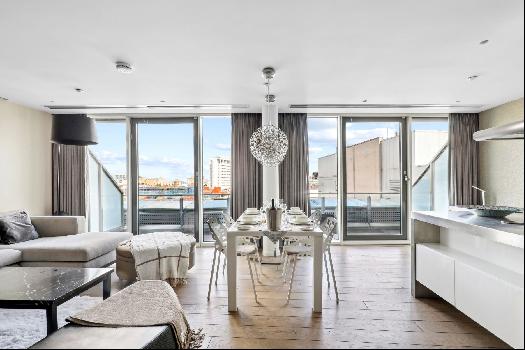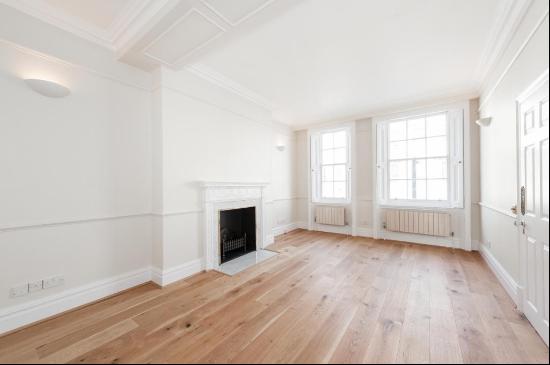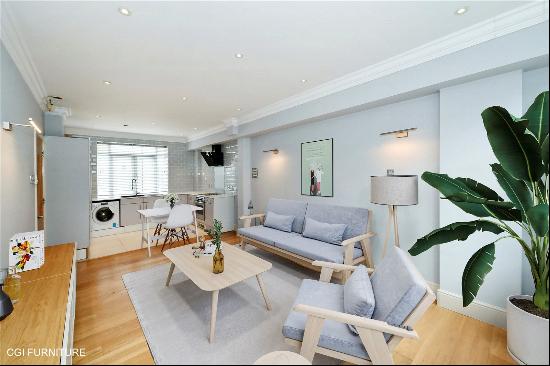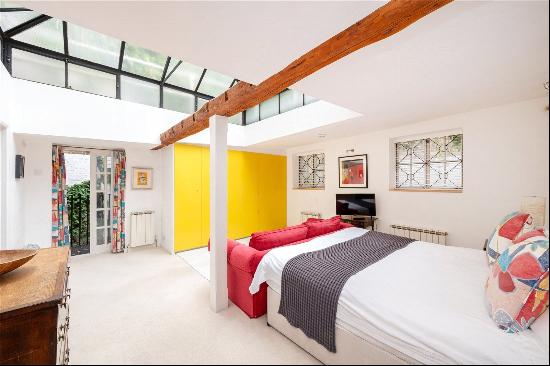
By Steven Rodel
A “crime” of the 1980s and 1990s was to plaster all things shiny and new over original features. Reacting against the staid formality of older generations, there was an erasure of historical features to make way for new developments such as flooring made from man-made materials and wall-hanging TV screens. Thankfully, now interiors embrace modern convenience while celebrating the architectural context of the space.
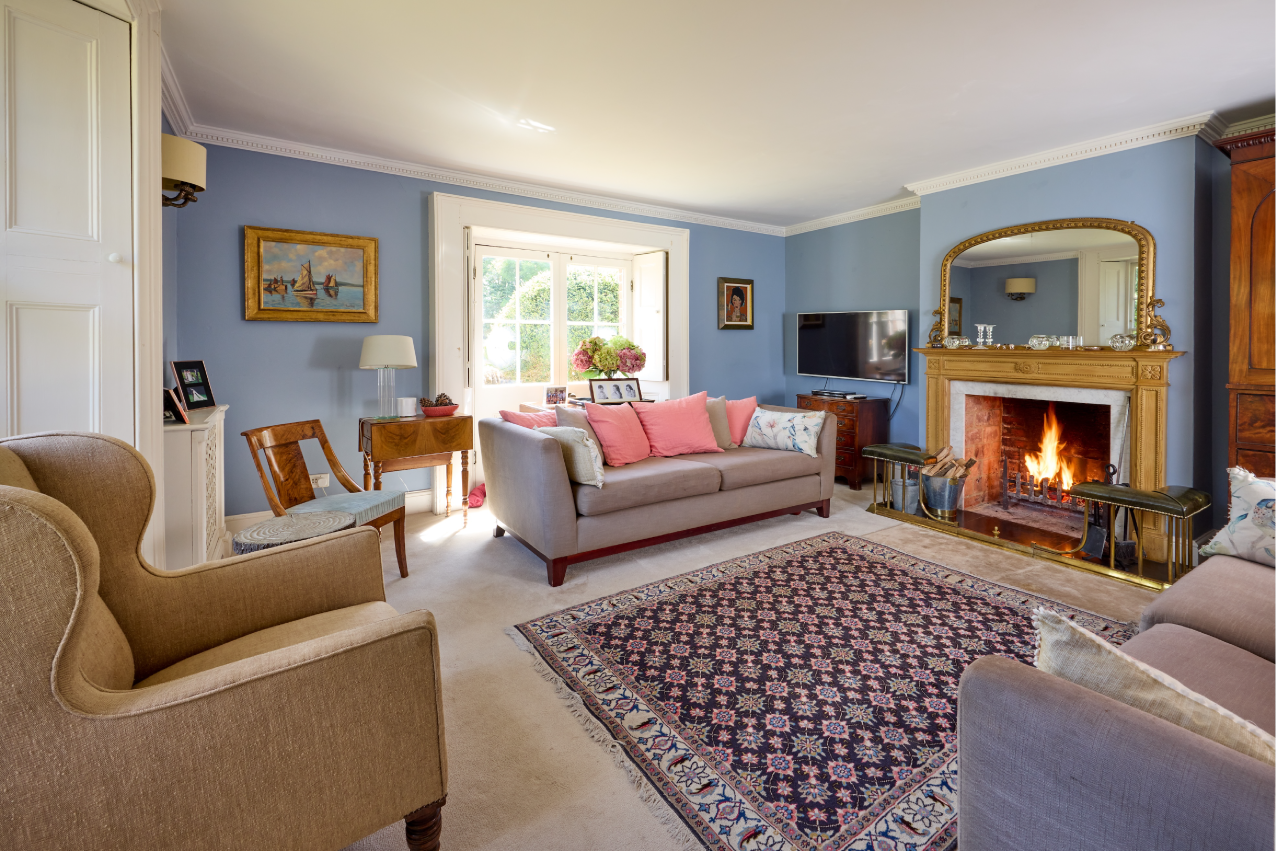
For us at Guy Goodfellow, one of the most important factors is preserving, restoring and celebrating original features, whether that be mouldings, antique floors, ornate columns or classical fireplaces. Here are some tips for how we might approach the sitting room of this eight-bedroom family home in Oxfordshire (for sale priced at £3mn).
Make the mantlepiece the focal point
The mantlepiece serves as the lungs of the room. Here, there’s a good solid original fire grate in the space. A lot of 19th-century fire grates were embellishments of the original Georgian ones. To make it more accurate historically, we might consider replacing the pine and marble surround with antique stone. This English limestone fireplace in the gothic style from Thornhill Galleries would work well.

Consider panelling and plasterwork
Instead of the dentil cornice, a panel moulding or ceiling band would be a fitting replacement. Depending on personal style, we might suggest a plain profile, or for a little more flair, a raised and fielded panelling such as the Wentworth at George Jackson.
Another way to add authentic character is wall panelling. Panelling came to popularity during the 13th and 14th centuries as a way to make rooms in stone buildings more comfortable, insulating them from the stone walls and reflecting the heat from the wood fires evenly across a space. The same benefits can be applied today.
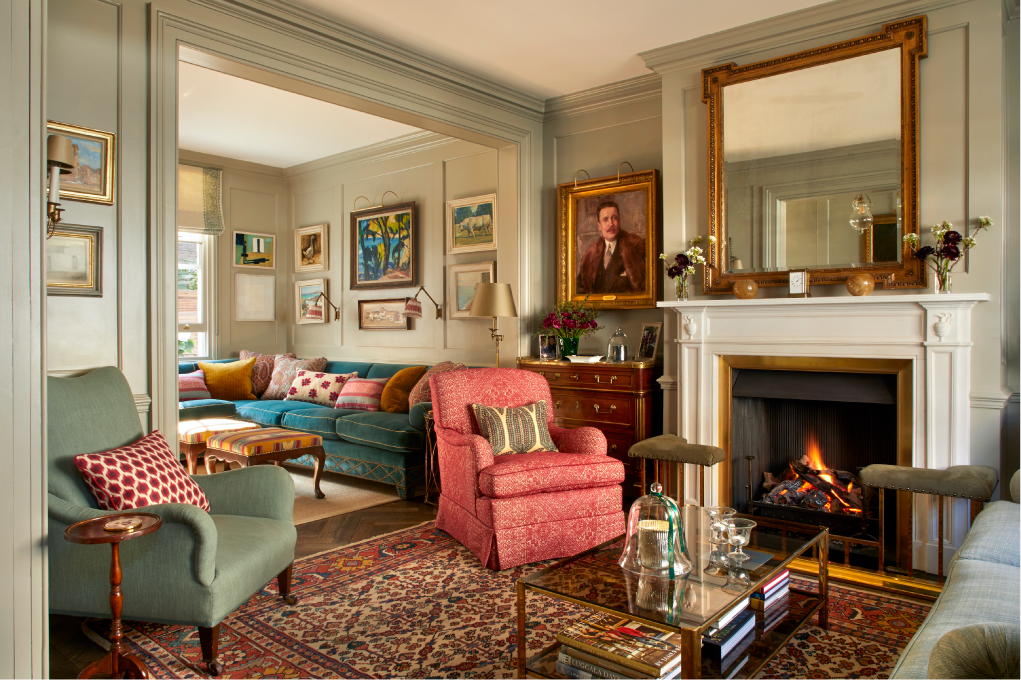
Replace carpet with oak boards
Consider the date of the house you’re working with and go from there. Here the house dates to 1853, so instead of carpets, the floors would most likely have been pine or oak boards, with square edges and random widths. It’s a country farmhouse so the oak would probably have been sourced locally and most likely flat sawn with the odd knot. Although there is reclaimed wood on the market it’s not that practical for modern life, so keep in mind those local and natural elements and offset them against uniformity.
We are particularly keen on oak as its patina gives a sense of time and wear. We would source these from Paddy Turner, and then add a sisal matting and a rug such as an antique Ziegler on top.
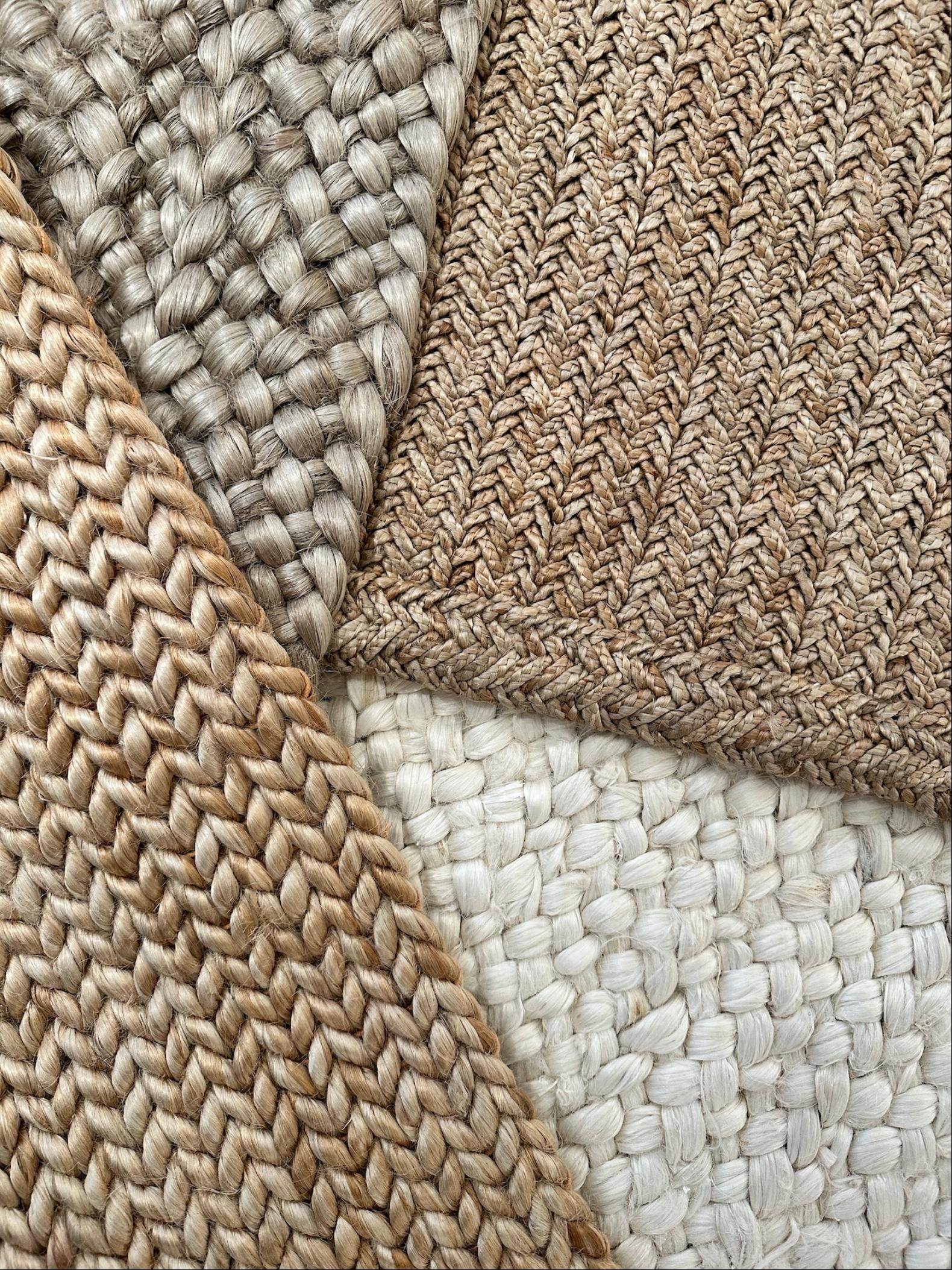
Get the colour right
Paper and Paints offers great historical colour ranges. Its Pale Sung Cream provides a neutral but warm, sunny tone that would work well in a double aspect room such as this. Otherwise, Jonquil by Edward Bulmer is plastic-free and has that gypsum plaster pink feel that hovers between pink and yellowy beige. A truly timeless colour, it would be a wonderful backdrop to a period property.
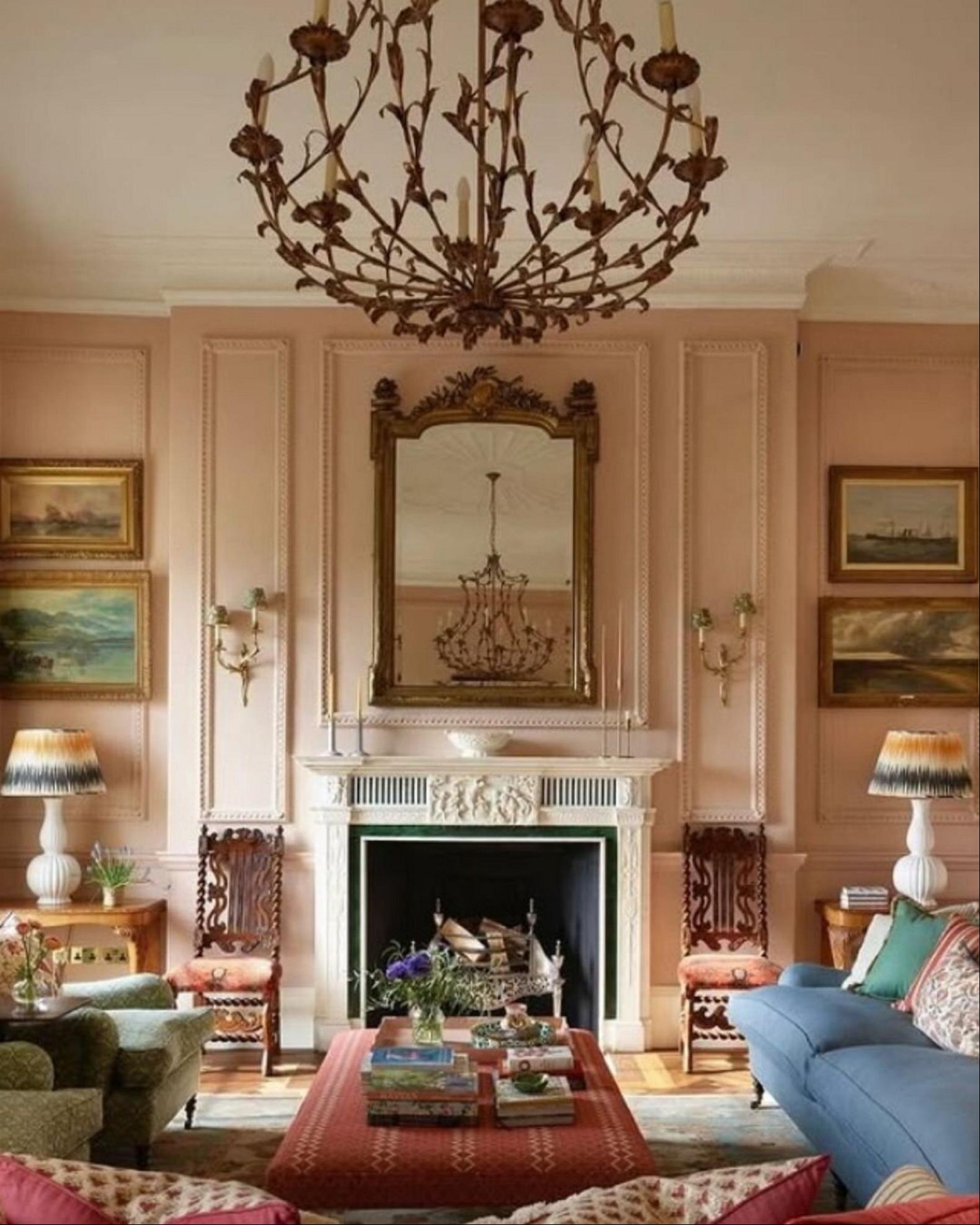
Don’t hide the radiators
As often as possible, nix radiator casings and revert to strong, solid cast iron models that stand proud in the space. We love Beaumont radiators in the old penny finish.
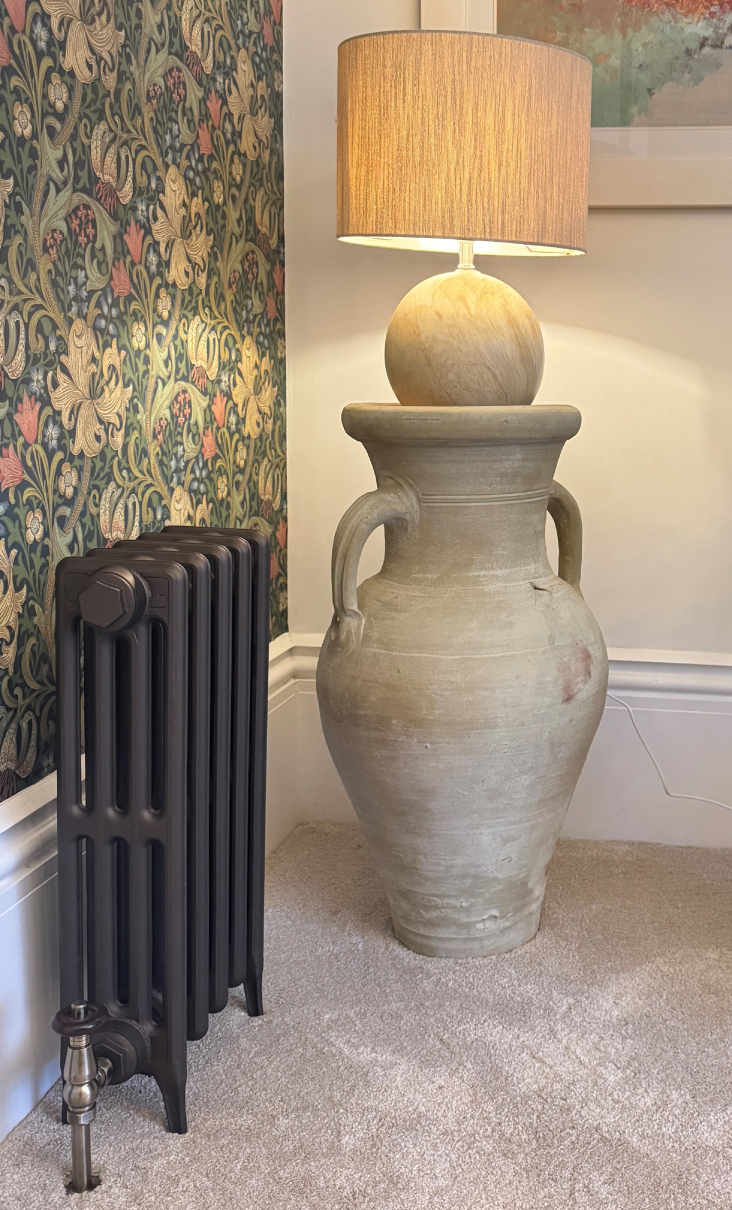
Steven Rodel is creative director of Guy Goodfellow
Photography: Savills/Ben Nicholson; Astrid Templier; Lucy A Scott


